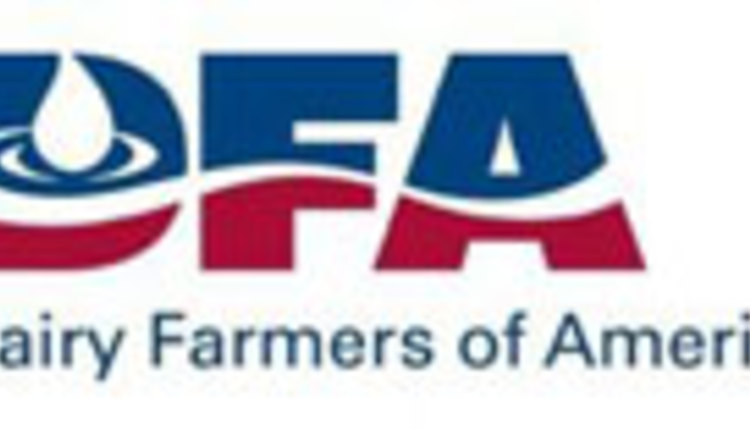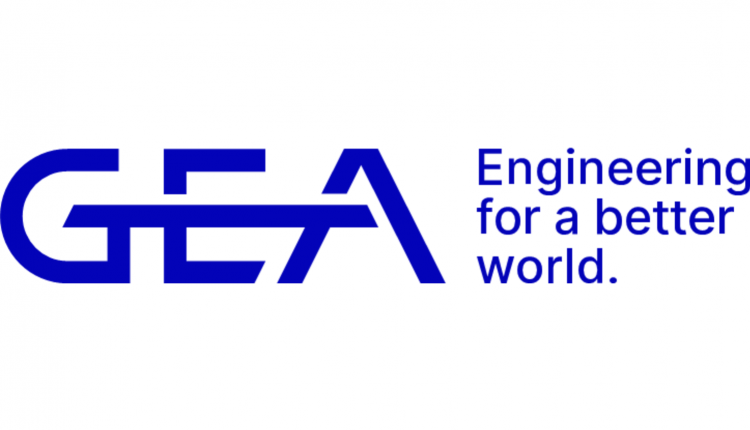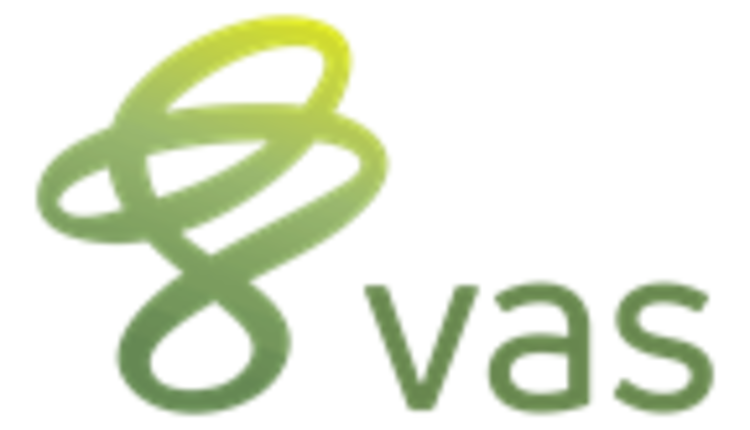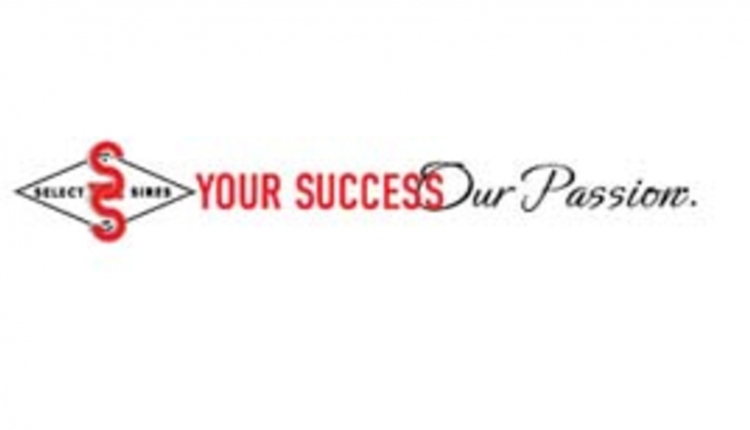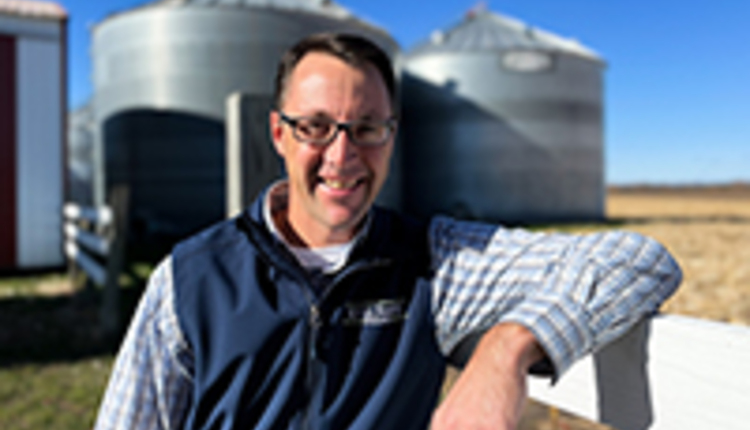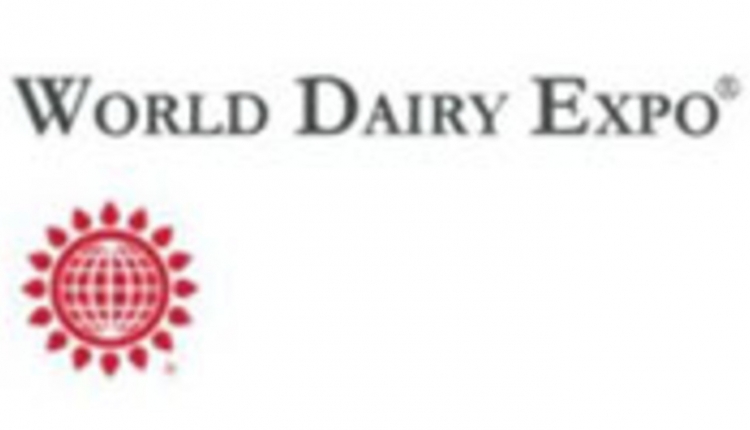The information below has been supplied by dairy marketers and other industry organizations. It has not been edited, verified or endorsed by Hoard’s Dairyman.

What does this mean for producers who are or will be using this grain?
Just remember that your best defense is knowledge. Gather information about what is happening in your area. I recommend sampling and testing frequently throughout the harvest season and periodically during feed out for toxins likely to be a risk to your business.
In general, if counts are extremely high in the grain, dilution and limiting the grain to at-risk animals is often necessary. Other broad-spectrum actions can include feeding gut health additives that support the immune system. In my experience, a combination of feed management, immune support, inoculants, along with a future prevention plan offers the most protection to cow health and production.
- Limit feeding to higher risk ingredients to most vulnerable animals. Based on your test results and the mycotoxin risk, carefully observe animals getting the known higher risk feeds and manage formulation of feeds. Stressed animals, youngstock, and reproducing animals are most at risk. For ingredients that may be at risk you can include separating and discarding fines, use clean feedstuffs to reduce concentration, and piling silage after defacing and before adding to a mixer wagon.
- Support for the immune system. Mycotoxins, once consumed, often trigger an immune response, and suppress a cow’s ability to fight off infection and disease. The digestive tract and gut play a significant role in mitigating mycotoxins once in the body. Gut health additives such as a yeast and antioxidants (vitamin E, AOXTM, selenium) can boost the immune system.
- Use an additive in formulation. Feed additives can be an efficient tool in managing risk associated with presence of mycotoxins. Peer reviewed studies have shown certain substances can minimize the impact of mycotoxins through either binding or through detoxification.
- Include organic acids in rations that inhibit yeast and mold. A three-acid blend of acetic, benzoic, and propionic acids can help to control yeast populations and protect your rations against mold and mildew growth. This tactic benefits the feed in front of your cows by reducing nutrient loss due to yeast and mold growth and enhancing dry matter intake by lactating cows during heat stress.
- Prevention can be worth more than a cure. The most common route of mycotoxin exposure is through the consumption of contaminated feeds, making crop quality a critical factor in the development of mycotoxicosis in animals. Prevention starts in the field where molds are always present. It is as simple as understanding your crop and its environment. What is the proper soil nutrient profile for your plant? Is there an opportunity to plant a hybrid that offers disease resistance? What management practices, like till or no-till and crop rotation, are being implemented?
While no animal diet can be guaranteed to be free of toxins, these key principles can be applied to reduce the risk and impact of molds and mycotoxins. Proactively working with your nutrition team by gathering knowledge and finding a strategy for prevention and management can prove to be positive for cow health and feed cost.
A printout of the most common mycotoxins in dairy feeds, along with management tips, can be found at https://www.feedpromote.com/mycotoxin2022.
Relevant Attachments:
